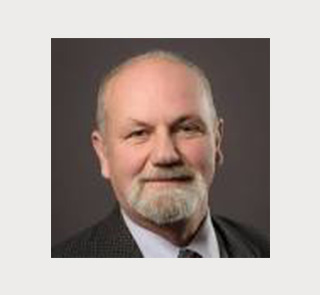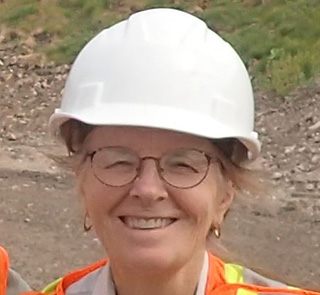Winners

2024
George Simandl
"Future of photovoltaic materials with emphasis on resource availability, economic geology, criticality, and market size/growth"
Dr. George J. Simandl earned a B.Sc. in geology from Concordia University, an M.Sc. from Carleton University, and a Ph.D. in Mineral Engineering from Ecole Polytechnique de Montréal. His career spans roles with Iron Ore of Canada, Atomic Energy of Canada, Canada Talc Industries, and the British Columbia Geological Survey (BCGS), as well as consulting in critical materials and industrial minerals. From 2010 to 2020, he led the Specialty Metals component of Targeted Geoscience Initiatives 4 and 5, a collaboration between Natural Resources Canada and BCGS. Currently, he serves as an adjunct professor at the School of Earth and Ocean Sciences at the University of Victoria, focusing on economic geology, critical material-bearing ore deposits, exploration methodologies, and raw material supply chains. He has co-authored over 200 scientific, technical, and market-oriented papers.

2024
Suzanne Paradis
"Future of photovoltaic materials with emphasis on resource availability, economic geology, criticality, and market size/growth"
Dr. Suzanne Paradis is a senior research scientist at the Geological Survey of Canada. Her main research activity focuses on sediment-hosted base metal deposits, including Mississippi Valley–type and clastic-dominated sediment-hosted Zn-Pb deposits and associated critical metals. She provides insight into their origin, timing, and tectono-stratigraphic setting. Other fields of expertise include volcanogenic massive sulfide deposits of Archean and Proterozoic belts. She was recently involved in Natural Resources Canada research activities related to critical material ore systems in collaboration with the U.S. Geological Survey and Geoscience Australia.
 - dev.png)

